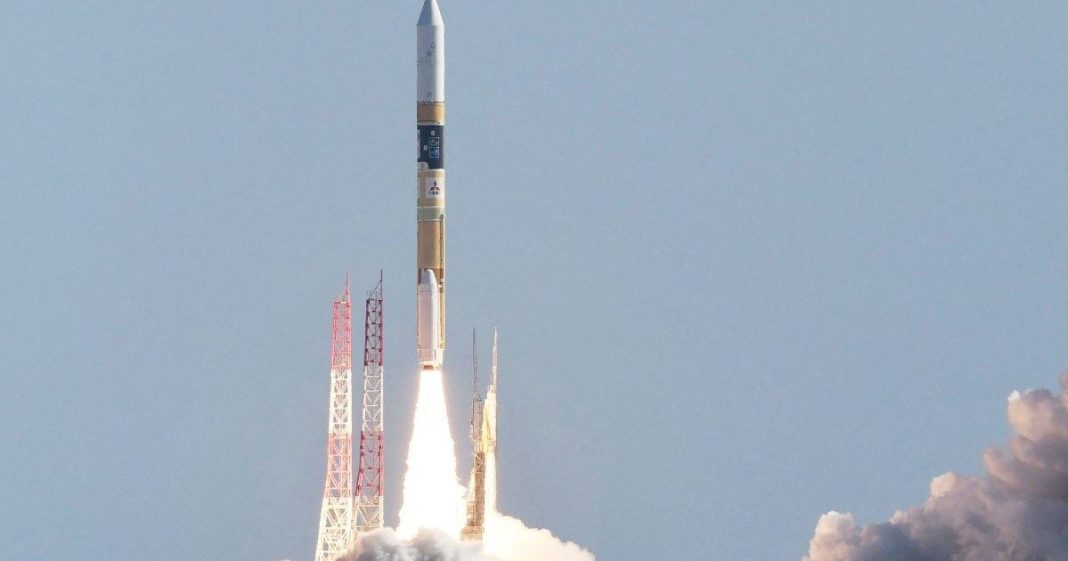A successful touchdown will make Japan the fifth country ever to put a spacecraft on the moon.
Japan is attempting to land its high-precision “Moon Sniper” probe on the lunar surface and will become only the fifth country to put a spacecraft on the moon – if all goes according to plan.
The Japan Aerospace Exploration Agency (JAXA) is hoping for a precise landing of its Smart Lander for Investigating Moon (SLIM) probe, within 100 metres (328 feet) of the designated target, a technology it calls unprecedented and crucial for advancing lunar exploration, particularly in the quest for lunar water and the potential for human habitation.
Nicknamed the Moon Sniper, SLIM will start a 20-minute touchdown phase on its one-way mission from midnight on Saturday (15:00 GMT Friday), trying to land on a target site roughly the size of two athletic tracks on the slope of a crater just south of the lunar equator.
“No other nation has achieved this. Proving Japan has this technology would bring us a huge advantage in upcoming international missions like Artemis,” said Shinichiro Sakai, JAXA’s SLIM project manager, referring to US space agency NASA’s crewed moon mission.

Japan has been actively looking to expand its role in space activities, forging partnerships with the United States, to address the growing military and technological influence of China, extending even into the realm of space.
Only four nations have successfully landed on the moon – India, China, the US and Russia.
Japan is actively participating in NASA’s Artemis programme with the goal of sending one of its astronauts to the moon.
However, JAXA has faced multiple setbacks, including a launch failure in March of the new flagship rocket H3 that was meant to match cost-competitiveness against commercial rocket providers like SpaceX.
In August, India’s Chandrayaan-3 made an historic touchdown on the moon’s south pole, a major technological feat given the rough terrain, highlighting the country’s rise as a major player in space.
JAXA has emphasised that its high-precision technology will become a powerful tool in future exploration of hilly moon poles, seen as a potential source of oxygen, fuel and water. Japan also plans a joint unmanned lunar polar exploration with India in 2025.
The Japanese agency has twice landed on small asteroids, but a moon landing is much more difficult due to its gravity, as seen in a number of recent failures.
Last year, a probe belonging to Japanese startup ispace Inc crashed onto the moon’s surface, and Russia’s Luna 25 followed suit.
A lander from US startup Astrobotic Technology last week suffered a fuel leak, forcing it to abandon a touchdown attempt.
JAXA says it will take up to a month to verify whether SLIM has achieved its high-precision goals after touchdown.
Star Wars-like probe on board
On board Japan’s Moon Sniper spacecraft is a little robot with a big mission: to pop open like a Transformer toy, wiggle across the lunar surface and beam images back to Earth.
The shape-shifting SORA-Q probe – codeveloped by a major toy company – has been compared with a friendly Star Wars droid and a sea turtle because of the way its metal form can navigate the dusty moonscape.
Sora means “universe” in Japanese, while “Q” refers to the words “question” and “quest”, its makers say.
Slightly bigger than a tennis ball and weighing as much as a large potato – eight centimetres (three inches) across and 250 grams (half a pound) – SORA-Q was designed by JAXA with Takara Tomy, the toy company behind the original 1984 Transformers.
If the mission succeeds, the probe’s cameras will take valuable images of a crater where parts of the moon’s mantle, usually hidden deep below its crust, are believed to be exposed.







